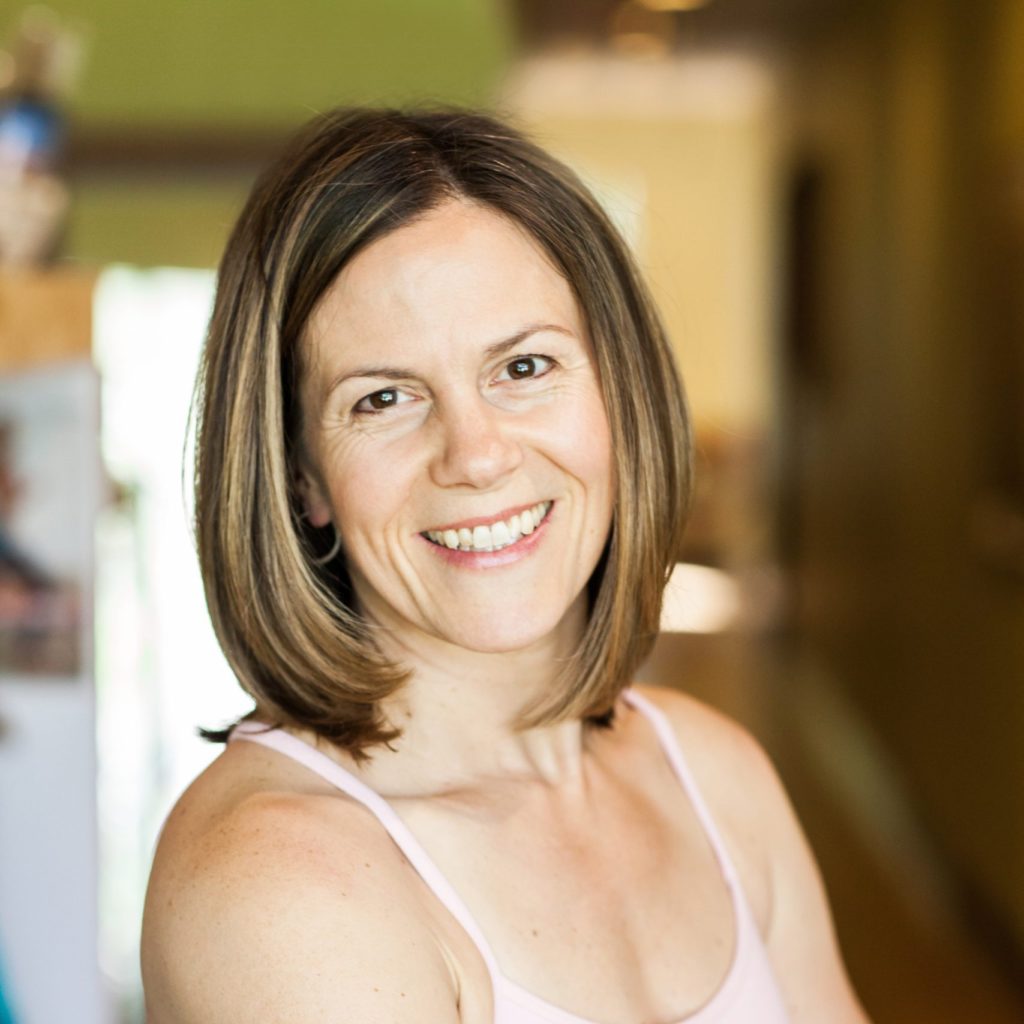By now, most people in this country have heard of yoga, but its sister science, Ayurveda (pronounced “EYE-yer-VAY-da”) remains relatively unknown. Just like yoga, Ayurveda dates back more than 5,000 years and has the same philosophical origins. Ayurveda translates to mean the science or knowledge of life. It is the traditional medical system of India and focuses on health and disease prevention. Ayurveda recognizes that complete health comes from not only the physical body, but also the mental/emotional and spiritual bodies. It addresses the root causes of disease by employing diet, lifestyle, biorhythms, herbal medicine, psychology, and therapeutic bodywork as the main vehicles for healing.
Ayurveda teaches that the human being is a microcosm (a small part or reflection) of the macrocosm of the universe. The same elements that make up everything around us also are within us. The same forces or energies that move the oceans, winds, and stars also move us. Nature operates in rhythms, like the cycles of the sun, moon, and seasons, and we do too. The goal of Ayurveda and yoga is union of the microcosm with the macrocosm. It is when we forget our connection to the macrocosm that we become imbalanced and more susceptible to “dis-ease.”
According to Ayurveda, we are each made up of a unique combination of the five elements – ether/space, air, fire, water, and earth. The elements combine to create three compounds that govern specific functions and energies in the body, specifically movement, transformation, and cohesion. These compounds are called doshas, namely vata, pitta, and kapha. When the doshas are in balance and working harmoniously, we enjoy good health and ease of normal bodily processes, like digestion, elimination, circulation, and clarity of the mind and senses. When the doshas are imbalanced, digestive disturbances will be the first symptoms to manifest on the physical level. These symptoms may be mild and transient or may not be noticed at all, especially to those not accustomed to paying attention to their digestion. If the doshas aren’t addressed through diet and lifestyle modifications and continue to accumulate, they will overflow into other parts of the body where they can show up as other symptoms.
Within the five elements and the doshas themselves, we can attribute different qualities to each to describe and differentiate one from the other. For example, air and ether/space is cold, dry and light; fire is hot and sharp; and earth and water are heavy and moist. Vata dosha is made up of the elements of air and ether and thus has the same cold, dry, and light qualities inherent in those elements. Vata is the force that governs movement. Pitta dosha is composed of mostly fire with a little bit of water. As such, it is hot and sharp with a bit of moistness or oiliness from the water. Pitta is the force that governs transformation and digestion. Kapha dosha is comprised of earth and water and is heavy, dense, and moist. Kapha is the force that governs cohesion, stability, and growth.
Too much or too little of the qualities pertaining to each dosha will cause imbalance in the body. For example, an abundance of cold, dry, and light qualities will imbalance vata dosha and can result in excess gas, constipation, dry skin, and/or other symptoms. Ayurveda addresses imbalance by increasing opposite qualities and reducing like qualities. In the above example, taking in moist, heavy food and reducing dry, light food would be a dietary modification to alleviate the symptoms experienced from the imbalance of vata dosha.
With Ayurveda, we begin to tune into our body’s subtle or not-so-subtle messages that tell the story of our imbalances. With that information and with greater awareness, we can make modifications to our diet and lifestyle to create more balance. Ayurveda gives us the wisdom and the tools to create an optimum environment within the body for healing and well-being. When that occurs, the microcosm reflects this wellness back out into the macrocosm for the betterment of all.
I am currently an Ayurvedic Health Counselor Intern in Littleton, Colorado and available for both in-person and virtual Ayurvedic consultations. If you are interested in journeying toward your own health and healing with me, please visit my Contact or Services page.


